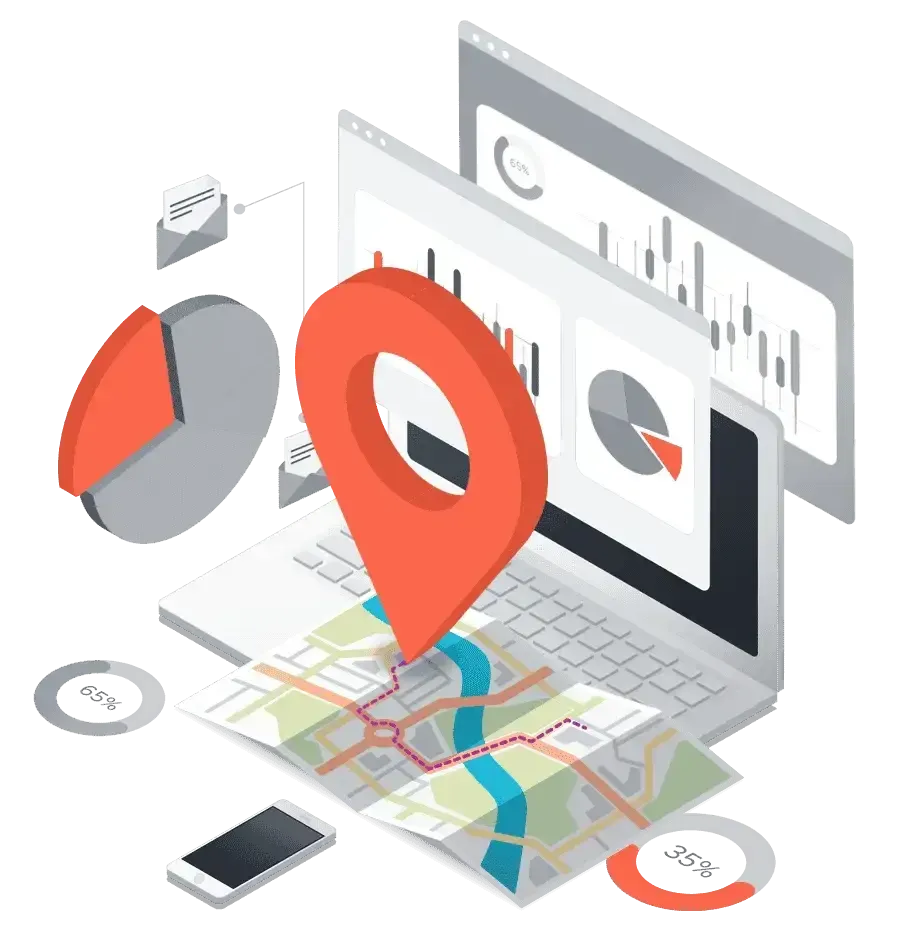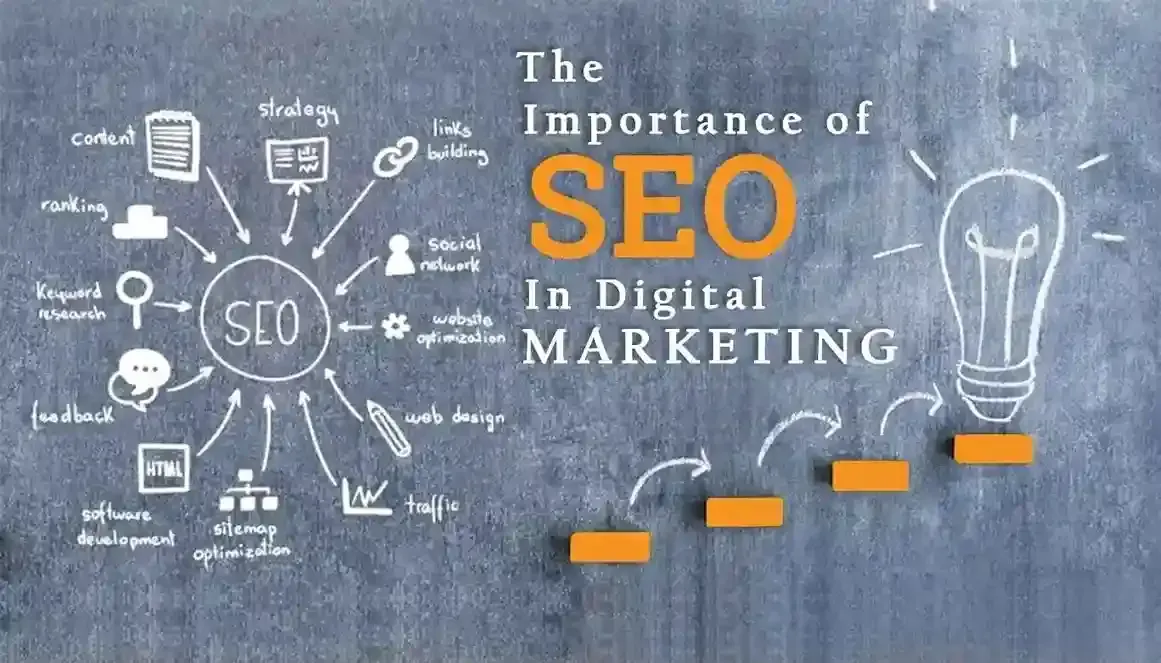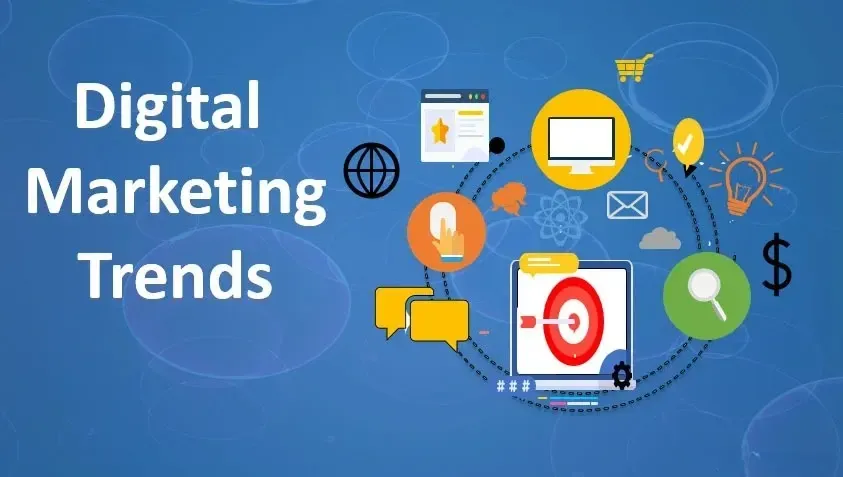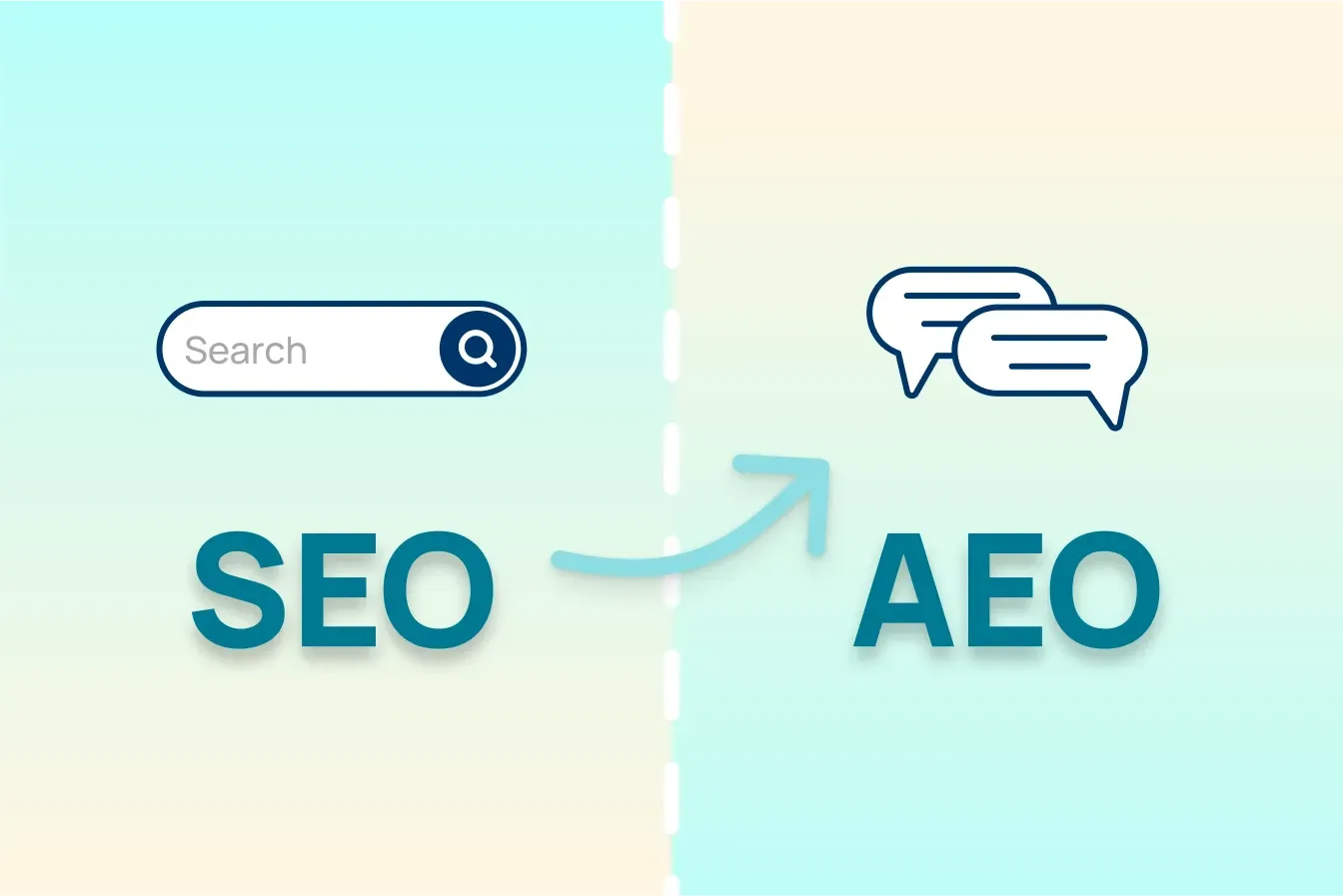How to Measure Digital Marketing Success: The Data-Driven Playbook
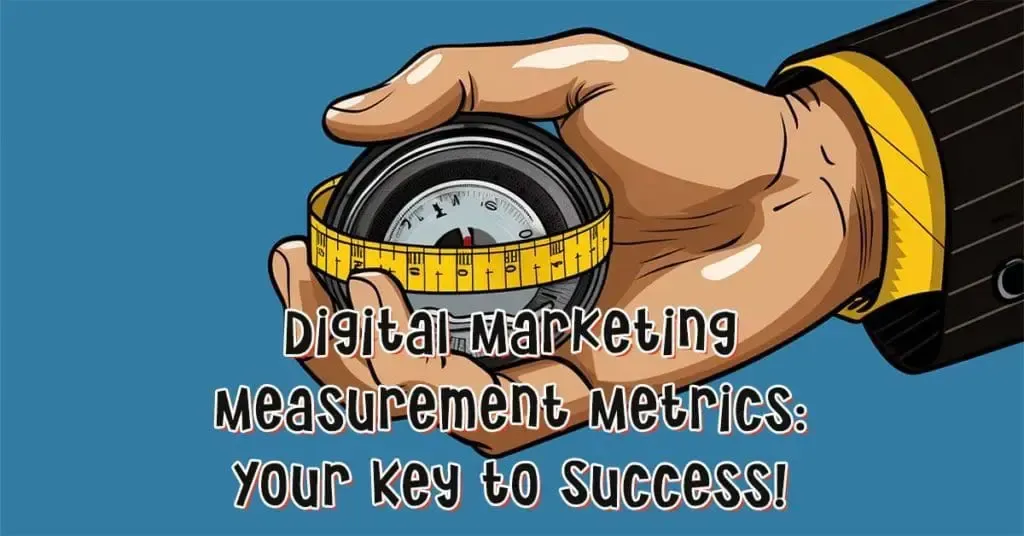
Measuring Digital Marketing Success: KPIs, Tools & Strategies
Let’s be real—if you’re not measuring your digital marketing efforts, you might as well be throwing spaghetti at the wall to see what sticks. Sure, some noodles might cling, but is that really the strategy you want to bet your budget on?
In today’s hyper-competitive digital marketing industry, success isn’t just about creativity—it’s about cold, hard data. The good news? You don’t need a PhD in analytics to track what matters. You just need to know what to measure, how to measure it, and—most importantly—how to turn those numbers into real business growth.
So, grab your favorite caffeine fix, and let’s break this down—no fluff, just actionable insights.
Step 1: Define Your Goals (Because "Get More Customers" Isn’t a Strategy)
Before you drown in spreadsheets, ask yourself: What does success actually look like?
SMART Goals: Your Marketing GPS
Vague goals = vague results. Instead, use the SMART framework:
- Specific → “Increase organic traffic by 30% in 6 months” (not “get more visitors”).
- Measurable → If you can’t track it, it didn’t happen.
- Achievable → Dream big, but don’t expect 10,000% ROI overnight.
- Relevant → Does this align with your business objectives?
- Time-bound → Deadlines prevent "someday" syndrome.
KPIs: The Metrics That Actually Matter
Key Performance Indicators (KPIs) are your campaign’s vital signs. The right ones depend on your goals:
- Brand Awareness? Track impressions, reach, and social shares.
- Lead Generation? Monitor form submissions, CTRs, and cost per lead.
- Sales? Obsess over conversion rates, ROI, and customer lifetime value (CLV).
Pro Tip: Don’t just track vanity metrics (looking at you, "likes"). If 1M people see your post but zero convert, was it really a win?
Step 2: Track the Right Data (Without Losing Your Mind)
Data is powerful—but only if you’re tracking the right data. Here’s where to focus:
Website Traffic: Who’s Visiting (And Why They’re Bouncing)
- Traffic Sources: Is your audience coming from Google, social, or that viral meme you posted?
- Bounce Rate: If visitors leave instantly, your content or UX needs work.
- Session Duration: Are they reading or bouncing faster than a ping-pong ball?
Conversion Rates: The Ultimate Litmus Test
A high traffic count means nothing if no one’s taking action. Track:
- Micro-conversions (email sign-ups, downloads).
- Macro-conversions (sales, booked demos).
Fun Fact: A/B testing landing pages can boost conversions by up to 300%. (Yes, really.)
ROI: The Metric That Keeps the CFO Happy
Return on Investment (ROI) tells you if you’re making money or just burning it. Calculate it like this:
ROI = (Revenue from Campaign – Cost of Campaign) / Cost of Campaign × 100
Example: If you spend $1,000 on ads and make $5,000, your ROI is 400%. Cha-ching!
Social Media: Beyond Likes and Hearts
Engagement is great, but does it drive business? Track:
- Click-through rate (CTR) → Are links actually getting clicks?
- Shares & Saves → Indicates content people find valuable.
- DMs & Comments → Real conversations = real interest.
Email Marketing: The Silent Revenue Generator
- Open Rates (20%+ is solid).
- CTR (3-5% is decent; 10%+ is stellar).
- Unsubscribes (A spike means your content missed the mark).
Step 3: Use These Tools (Because Spreadsheets Alone Won’t Cut It)
Google Analytics: Your Digital Marketing X-Ray
- See which pages convert, where users drop off, and which channels drive revenue.
- Pro Hack: Set up UTM parameters to track campaign performance.
SEMrush/Ahrefs: SEO’s Best Friends
- Spy on competitors’ keywords.
- Track your rankings like a hawk.
Hotjar: See How Users Really Behave
Heatmaps show where users click, scroll, and rage-quit your site.
HubSpot/Mailchimp: Automate & Analyze
- Track email performance.
- Nurture leads without manual hassle.
Step 4: Optimize Like a Pro (Because "Set It and Forget It" Is a Myth)
A/B Test Everything
- Headlines, CTAs, images—even button colors can impact conversions.
Learn from Failures (Because They’re Inevitable)
- A flopped campaign? Great! Now you know what not to do next time.
Stay Agile
- Algorithms change. Trends shift. Adapt or get left behind.
Key Frameworks to Live By
The 7 C’s of Digital Marketing
- Content – Not just words; value-packed storytelling.
- Context – Right message, right time.
- Community – Build a tribe, not just a follower count.
- Customization – Personalization > generic blasts.
- Communication – Two-way conversations, not monologues.
- Connection – Foster real relationships.
- Commerce – Make buying effortless.
The 5 P’s (Because Old-School Marketing Still Matters)
- Product, Price, Place, Promotion, People – Nail these, and you’re golden.
The 4 A’s of Customer-Centric Marketing
- Acceptability, Affordability, Accessibility, Awareness – Cover these, and customers will flock.
Final Word: Stop Guessing, Start Measuring
Digital marketing isn’t magic—it’s math. The brands that win are the ones that track, analyze, and iterate.
So, ditch the guesswork. Set SMART goals, obsess over KPIs, and let data drive your decisions. Your future self (and your ROI) will thank you.
Now, go forth and measure like a pro!



